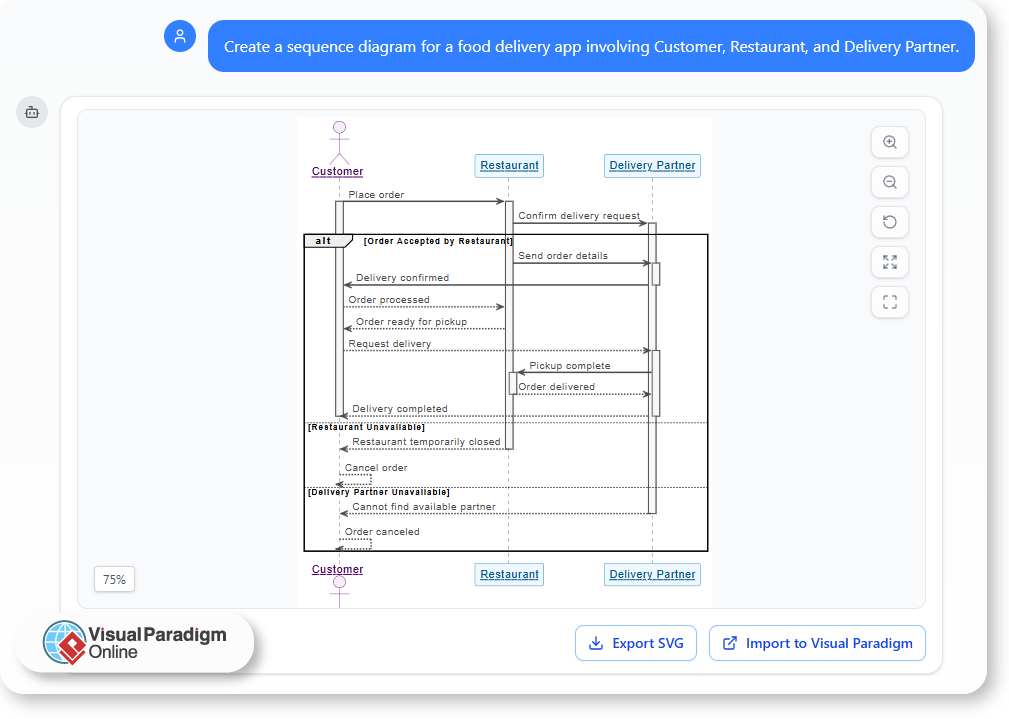Now Reading: Text-to-Diagram Tools: A New Way to Think Visually
-
01
Text-to-Diagram Tools: A New Way to Think Visually
Text-to-Diagram Tools: A New Way to Think Visually

Visual thinking has always been central to how we plan systems, explain ideas, and collaborate. Yet traditional diagram editors often demand too much manual work — dragging shapes, connecting lines, and adjusting layouts — which can easily disrupt your creative process. The emergence of text-to-diagram tools powered by AI is redefining how visuals are created.
Traditional Diagram Editors: Precision at a Cost
Conventional editors give you total control over every detail, making them excellent for fine-tuning finished work. However, during brainstorming or early project stages, they can feel restrictive. Every small change requires manual effort, and building complex systems takes time.
You might find yourself adjusting shapes instead of refining ideas — an issue that grows as diagrams become more detailed or collaborative. This is where AI-driven tools provide real relief.
Text-to-Diagram: From Ideas to Visuals Instantly
Text-to-diagram technology allows you to describe your ideas in plain language and instantly generate structured visuals. For instance, you can type: “Create a sequence diagram for a food delivery app involving Customer, Restaurant, and Delivery Partner.” Within seconds, the system visualizes it for you.

This shift saves time and supports idea flow by letting you focus on what to build, not how to draw it.
Some immediate advantages include:
- Capturing thoughts quickly without setup or layout concerns
- Turning meeting notes or messages directly into usable diagrams
How VP Online Chatbot Brings It to Life

The AI Chatbot in Visual Paradigm Online is a prime example of how text-to-diagram technology can enhance productivity. It supports a wide range of diagram types, from UML and BPMN to ArchiMate and system architecture visuals.
It is particularly helpful for:
- Developers who want to convert design notes into structured diagrams
- Project managers who need clear visual workflows for presentations
- Educators who teach modeling concepts and need quick examples
By interpreting natural language, the chatbot bridges the gap between concept and visualization, turning text into clarity within moments.
The Future of Visual Workflows
AI-assisted diagramming is transforming teamwork and documentation. It enables collaboration between technical and non-technical members, allowing everyone to contribute ideas naturally.
This new approach brings together two creative strengths — language and visualization — making diagramming faster, smarter, and more inclusive than ever before.




